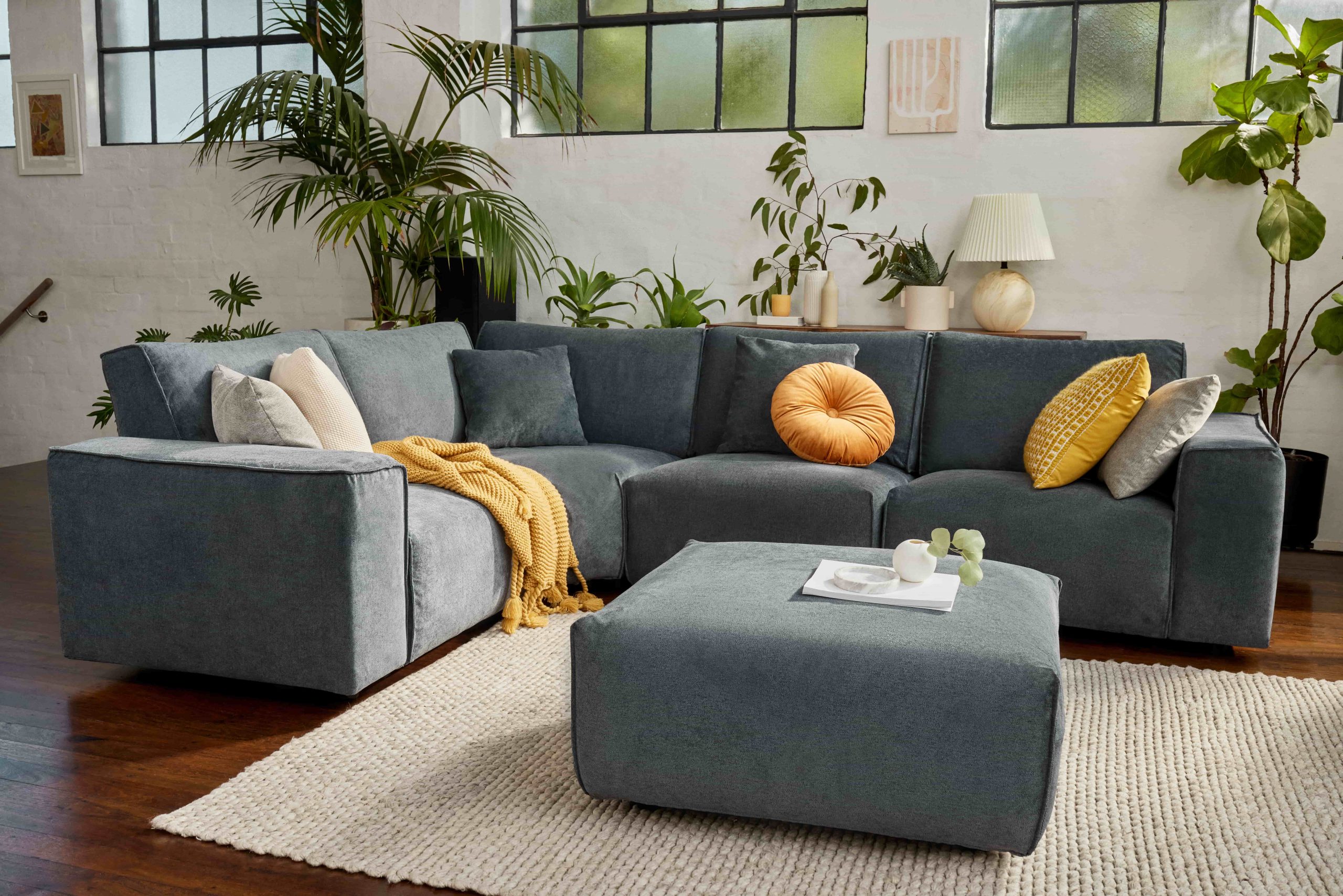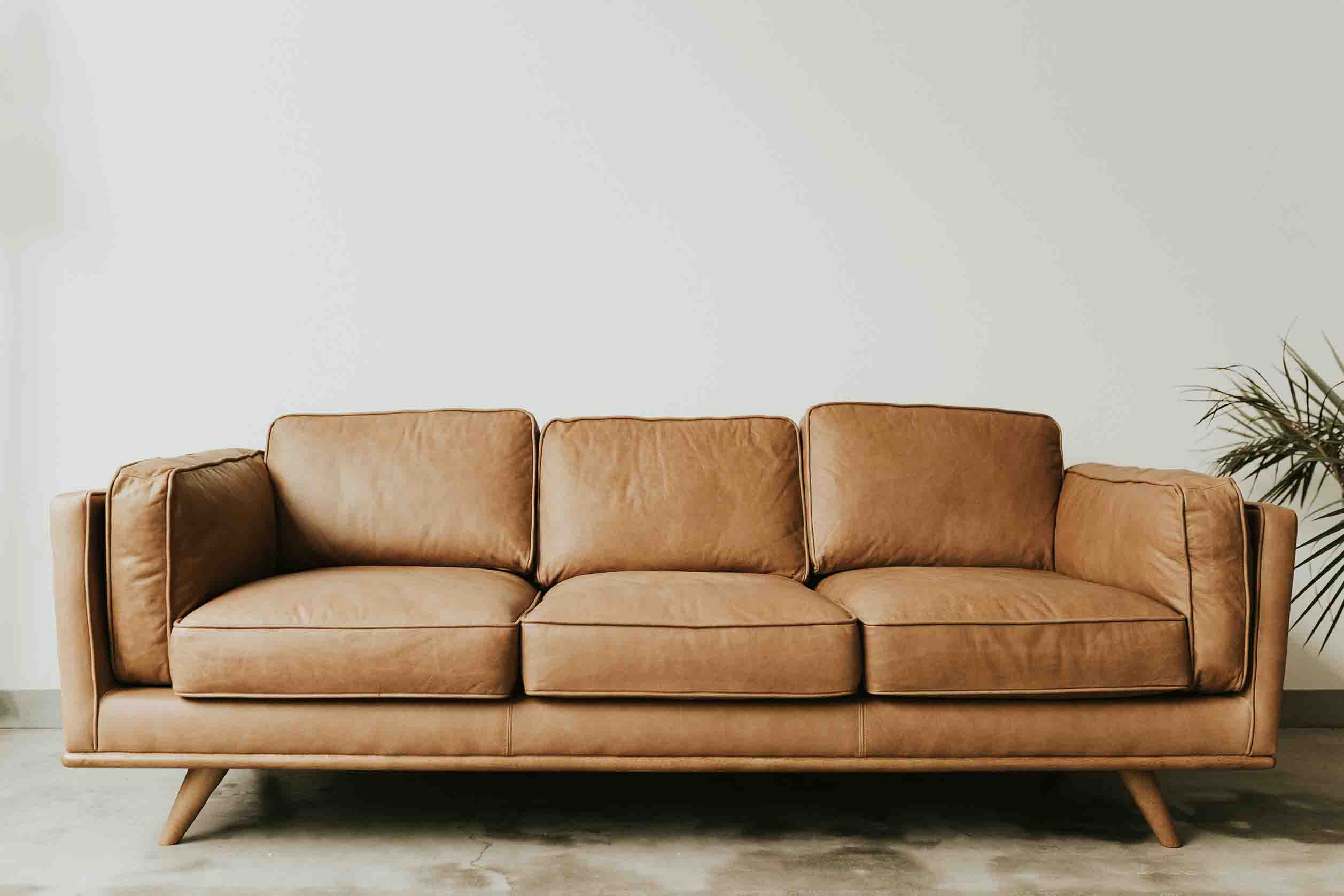Introduction
A sofa, also commonly referred to as a couch or a settee, is a piece of furniture designed for seating multiple people comfortably. It typically consists of a long upholstered seat with a backrest and armrests, often accompanied by cushions for added comfort. Sofas come in various styles, sizes, and configurations to suit different preferences and spatial requirements, making them a versatile and essential furnishing in homes, offices, lounges, and other communal spaces.
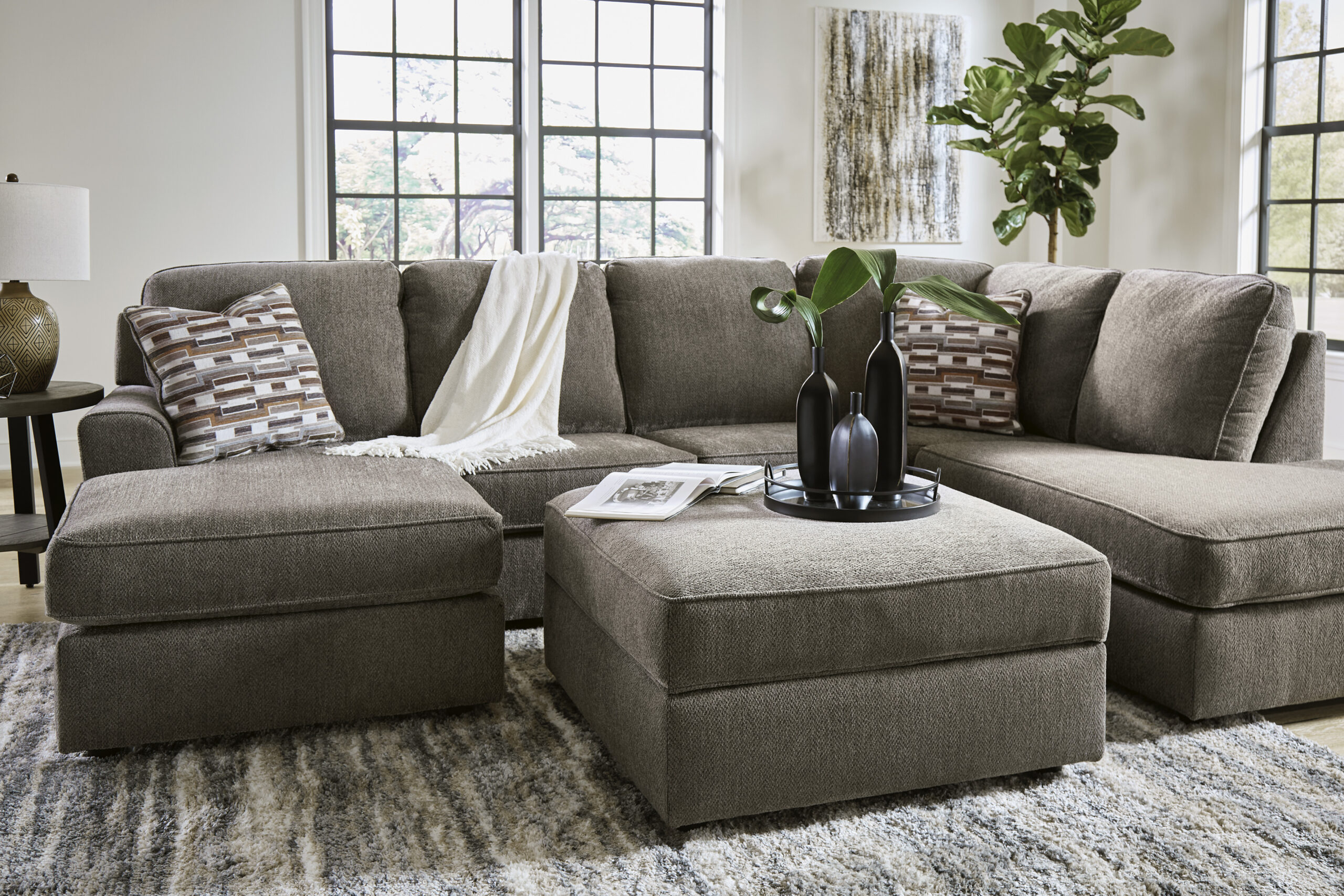
Evolution of the Sofa:
The origins of the sofa can be traced back to ancient civilizations, where seating furniture was crafted from materials such as stone, wood, and animal skins. However, the modern concept of the sofa as we know it today began to emerge during the Renaissance period in Europe, when upholstered seating became more common among the aristocracy. Over time, advancements in craftsmanship, design, and materials led to the development of the sophisticated sofas we see today.
Anatomy of a Sofa:
A typical sofa comprises several key components, including:
- Frame: The structural framework of the sofa, usually made of wood or metal, provides support and stability.
- Upholstery: The covering material that encases the frame, ranging from fabric and leather to synthetic materials like microfiber.
- Cushions: Padded inserts placed on the seat and backrest for comfort, often filled with foam, down, or a combination of materials.
- Armrests: Side panels that extend from the seat to provide support for the arms and enhance comfort.
- Backrest: The vertical section at the rear of the sofa, designed to support the spine and promote relaxation.
- Legs: Supportive elements located at the base of the sofa, typically made of wood, metal, or plastic, and may be decorative or functional.
Styles of Sofas:
Sofas come in a wide array of styles to suit different aesthetic preferences and functional needs. Some popular styles include:
- Traditional: Characterized by classic designs, elegant curves, and ornate details such as tufting and carving.
- Modern: Emphasizes clean lines, minimalistic forms, and sleek finishes, often featuring angular shapes and neutral color palettes.
- Sectional: Consists of multiple sections that can be arranged in various configurations to accommodate different seating arrangements and spatial layouts.
- Sleeper: Includes a pull-out mechanism or convertible design that allows the sofa to transform into a bed, providing additional sleeping space for guests.
- Chesterfield: Recognizable by its distinctive button-tufted upholstery, rolled arms, and nailhead trim, evoking a sense of timeless sophistication.
Functions and Uses:
Sofas serve a multitude of functions beyond mere seating, including:
- Socializing: Provide a comfortable and inviting space for conversation, relaxation, and bonding with family and friends.
- Entertainment: Serve as a focal point for watching television, playing video games, or enjoying other forms of media and entertainment.
- Rest and Relaxation: Offer a cozy spot for lounging, reading, napping, or simply unwinding after a long day.
- Decorative Accent: Enhance the aesthetic appeal of a room and contribute to its overall design scheme through color, texture, and style.
- Multi-functional: Depending on the design, some sofas may incorporate storage compartments, built-in tables, or other features to maximize utility and versatility.
Considerations When Choosing a Sofa:
When selecting a sofa, it’s essential to consider factors such as:
- Size and Scale: Ensure the sofa fits proportionally within the available space and complements the room’s dimensions.
- Comfort and Support: Test the seating comfort, back support, and cushion firmness to ensure a comfortable sitting experience.
- Material and Upholstery: Choose a durable and easy-to-maintain upholstery material that suits your lifestyle and aesthetic preferences.
- Style and Aesthetics: Select a sofa that harmonizes with the existing decor and reflects your personal style, whether it’s classic, contemporary, or eclectic.
- Budget: Set a budget range and explore options within that range, considering factors such as quality, features, and brand reputation.
Care and Maintenance:
To prolong the lifespan and appearance of your sofa, it’s essential to follow proper care and maintenance guidelines, such as:
- Regular cleaning: Vacuum upholstery, spot-clean stains promptly, and rotate cushions to prevent uneven wear.
- Avoiding direct sunlight: Protect the sofa from prolonged exposure to sunlight, which can cause fading and deterioration of upholstery materials.
- Fluffing and plumping: Fluff and plump cushions regularly to maintain their shape and resilience.
- Professional cleaning: Schedule professional upholstery cleaning as needed to remove deep-seated dirt and maintain freshness.
Trends and Innovations:
The world of sofas continues to evolve with emerging trends and innovations, including:
- Sustainable materials: Growing emphasis on eco-friendly materials and manufacturing processes to reduce environmental impact.
- Modular designs: Increasing popularity of modular sofas that offer customizable configurations and adaptability to changing needs.
- Smart features: Integration of technology into sofas, such as built-in USB ports, wireless charging pads, and adjustable settings for enhanced comfort and convenience.
- Customization options: Rising demand for customizable sofas that allow consumers to select their preferred upholstery, dimensions, and features to suit their individual preferences and lifestyles.

Cultural Significance:
Sofas have played a significant role in various cultures throughout history. In many societies, the sofa is a symbol of hospitality and social gatherings, where guests are welcomed and encouraged to relax and converse. Different cultures may have unique traditions and customs associated with the use of sofas, such as seating arrangements during formal ceremonies or rituals.
Iconic Sofa Designs:
Over the years, certain sofa designs have achieved iconic status, becoming synonymous with particular eras or design movements. For example, the Barcelona Sofa by Ludwig Mies van der Rohe is a quintessential piece of modernist furniture, known for its sleek stainless steel frame and leather upholstery. Exploring iconic sofa designs can provide insight into the evolution of furniture design and cultural influences.
Psychological Impact:
The design and arrangement of furniture, including sofas, can have a profound psychological impact on individuals and their perception of space. Sofas designed for comfort and relaxation may promote feelings of calmness and well-being, while sofas arranged in a communal setting can foster a sense of togetherness and social cohesion. Understanding the psychological aspects of sofa design can inform interior decorating decisions and enhance the overall ambiance of a room.
Health and Ergonomics:
Proper ergonomics are essential for maintaining good posture and preventing discomfort or injury while sitting on a sofa. Design considerations such as seat depth, back support, and armrest height can significantly impact the ergonomic quality of a sofa. Additionally, advancements in ergonomic design may incorporate features such as lumbar support and adjustable components to promote optimal sitting posture and comfort.
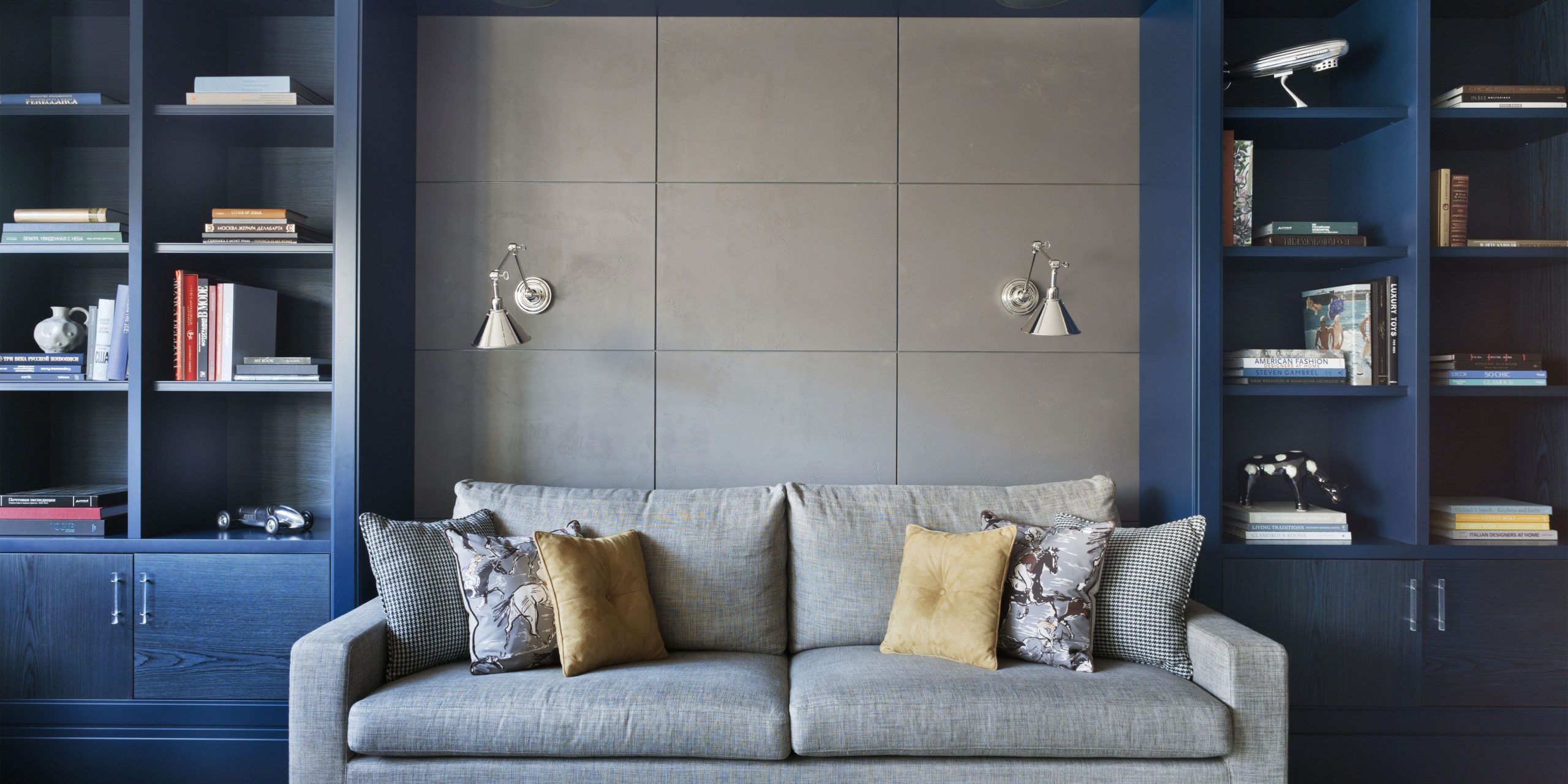
Global Market Trends:
The global market for sofas is influenced by a variety of factors, including economic conditions, consumer preferences, and emerging design trends. Market trends may vary regionally, with different countries and regions exhibiting unique preferences for sofa styles, materials, and features. Tracking global market trends can provide valuable insights for furniture manufacturers, retailers, and consumers alike.
Art and Innovation:
Sofa design is often a blend of artistry and innovation, with designers pushing the boundaries of creativity and craftsmanship to create unique and visually striking pieces. From avant-garde designs that challenge conventional notions of form and function to artisanal craftsmanship that celebrates traditional techniques, the world of sofa design offers a rich tapestry of artistic expression and ingenuity.
Future Directions:
Looking ahead, the future of sofa design is likely to be shaped by technological advancements, sustainability concerns, and evolving consumer lifestyles. Innovations such as 3D printing, smart textiles, and sustainable materials may revolutionize the way sofas are designed, manufactured, and used. Additionally, shifts in demographics, urbanization, and cultural preferences may drive new trends and demands in the sofa market.
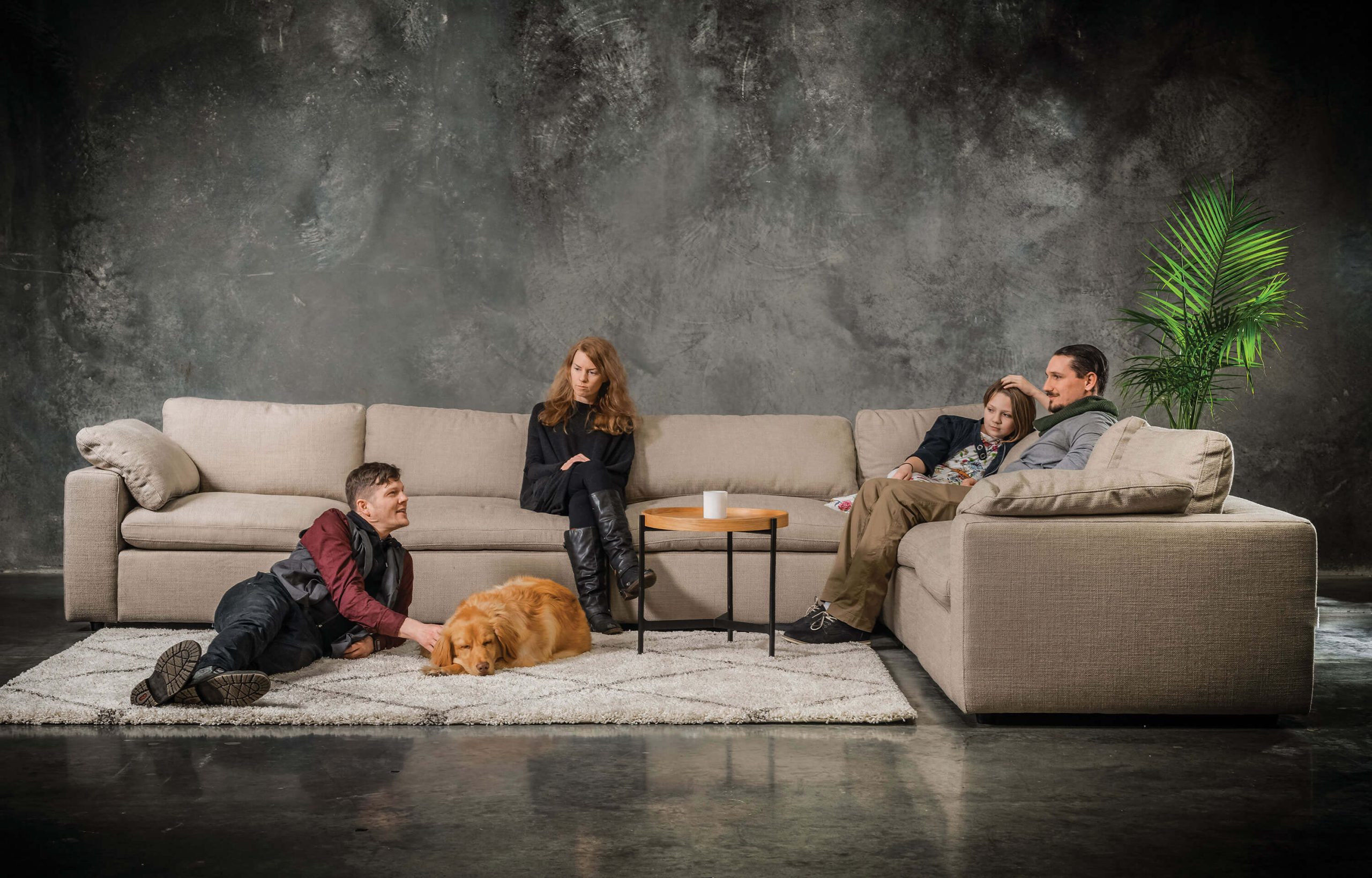
Conclusion:
In conclusion, the sofa is more than just a piece of furniture; it’s a versatile and indispensable element of interior design that enhances comfort, functionality, and style in any space. With a myriad of styles, sizes, and features to choose from, finding the perfect sofa to complement your lifestyle and aesthetic preferences is easier than ever. Whether you’re lounging with loved ones, entertaining guests, or simply relaxing on your own, a well-chosen sofa is sure to become the centerpiece of your home for years to come.
